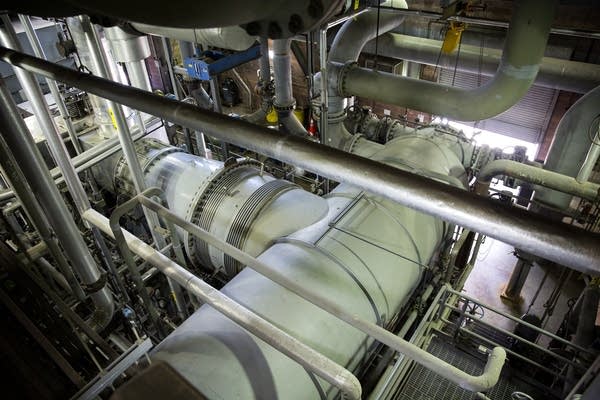District energy seen as tool in energy transition

Go Deeper.
Create an account or log in to save stories.
Like this?
Thanks for liking this story! We have added it to a list of your favorite stories.
District energy experts are in St. Paul this week to discuss how to use more renewable energy sources to heat and cool buildings.
As part of the International District Energy Association's conference, organizers plan to give tours of St. Paul's system as well as the one in Minneapolis and a new combined heat and power facility at the University of Minnesota.
District energy systems are found in many places, such as downtown business districts, college or health campuses. They use a variety of sources to heat and cool buildings, but in recent years many have turned to renewable sources.
District Energy St. Paul and Evergreen Energy CEO Ken Smith said district energy has many advantages as cities transition away from burning fossil fuels.
Turn Up Your Support
MPR News helps you turn down the noise and build shared understanding. Turn up your support for this public resource and keep trusted journalism accessible to all.
"You can recover waste heat, for example, from sewage, from industry, from power generation, and move that energy thermally around a community to meet the needs of the buildings in that community," he said.

St. Paul's system is already doing that with biomass, and officials are also working on renewable energy storage and sewage heat recovery projects. Smith said district energy systems can make cities resilient when dealing with power outages.
"[District Energy] is being deployed in many of the most leading cities that are looking to reduce their carbon emissions, integrate more renewables and have increased efficiencies," Smith said.
Organizers expect more than 800 people from 20 different countries will attend the conference.
Community members interested in engaging with experts on how district energy fits into the energy transition are invited to an event on Tuesday evening.



